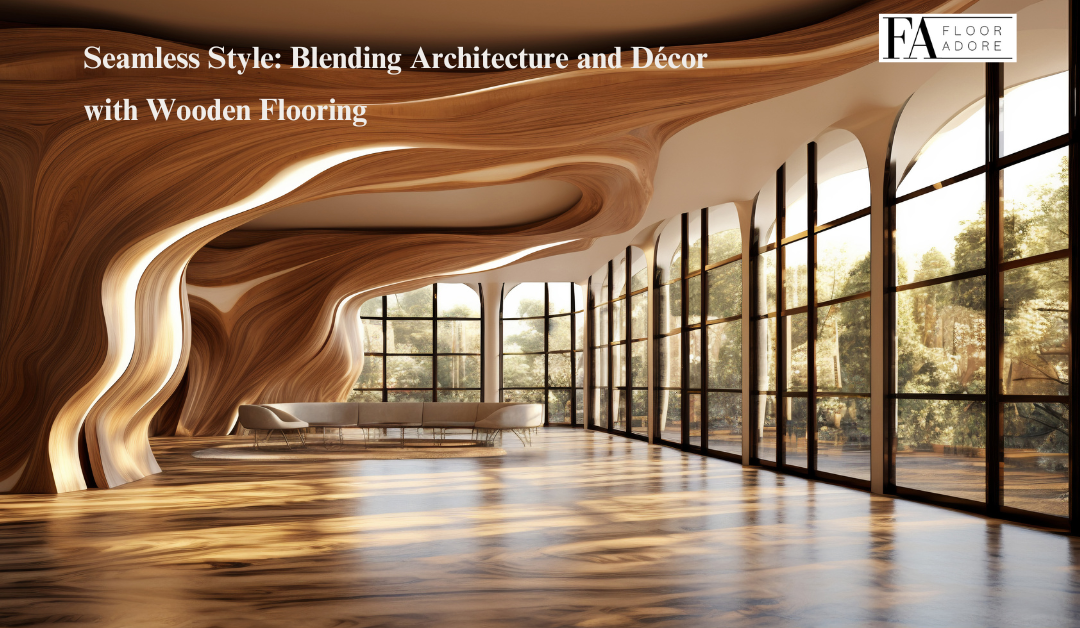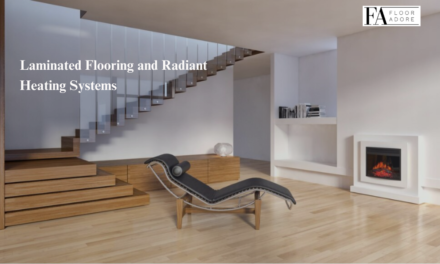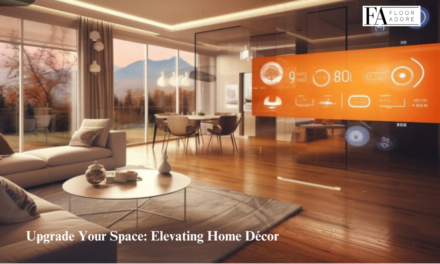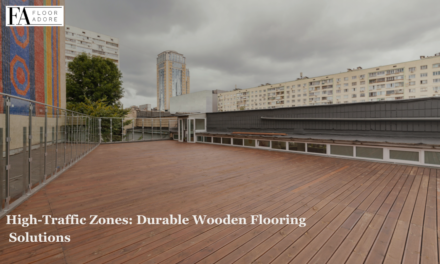In the realm of interior design, the flooring serves as the foundation upon which the entire aesthetic of a space is built. When it comes to achieving seamless style and cohesion between architecture and décor, few elements are as influential as wooden flooring. With its timeless elegance, versatility, and ability to harmonize with a variety of design styles, wooden flooring has become a staple in modern interior design, seamlessly bridging the gap between architectural features and decorative elements.
Harmonizing Architecture and Décor
One of the most compelling aspects of wooden flooring is its ability to harmonize with both the architectural features of a space and the decorative elements within it. Whether complementing the clean lines and minimalist aesthetic of contemporary architecture or enhancing the ornate detailing and classic elegance of traditional design, wooden flooring effortlessly blends with any style, creating a cohesive and visually appealing environment.
Creating Visual Continuity
Wooden flooring plays a crucial role in creating visual continuity throughout a space, connecting different areas and architectural elements to form a cohesive whole. By extending the same flooring material from room to room, homeowners can establish a sense of flow and consistency that enhances the overall design of their home. Additionally, choosing a flooring color and finish that complements other design elements, such as furniture, cabinetry, and wall treatments, further reinforces the seamless integration of architecture and décor.
Adding Warmth and Texture
Beyond its aesthetic appeal, wooden flooring adds warmth and texture to a space, creating a welcoming and inviting atmosphere. The natural grain patterns, knots, and imperfections inherent in wood flooring bring a sense of authenticity and character to interiors, enriching the visual and tactile experience of the space. Whether opting for the rich tones of oak, the warmth of maple, or the rustic charm of reclaimed wood, wooden flooring texture infuses rooms with a timeless elegance that transcends trends and fads.
Versatility in Design
One of the greatest strengths of wooden flooring is its versatility in design, offering homeowners endless possibilities for customization and personalization. From selecting the perfect wood species and finish to exploring unique patterns and layouts, wooden flooring can be tailored to suit any design vision and aesthetic preference. Whether opting for classic hardwood planks, intricate parquet patterns, or modern geometric designs, wooden flooring provides a blank canvas upon which homeowners can express their creativity and style.
Conclusion:
In the world of interior design, wooden flooring stands out as a timeless and versatile element that seamlessly bridges the gap between architecture and décor. With its ability to harmonize with any design style, create visual continuity, add warmth and texture, and offer endless possibilities for customization, wooden flooring has become a staple in modern interiors. By incorporating wooden flooring into their homes, homeowners can achieve seamless style and sophistication that enhances the beauty and functionality of every space.





